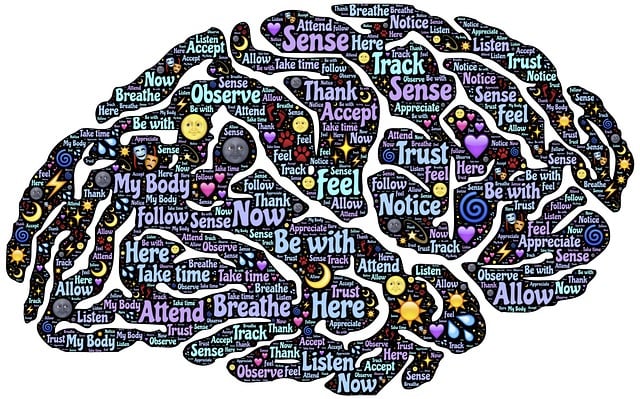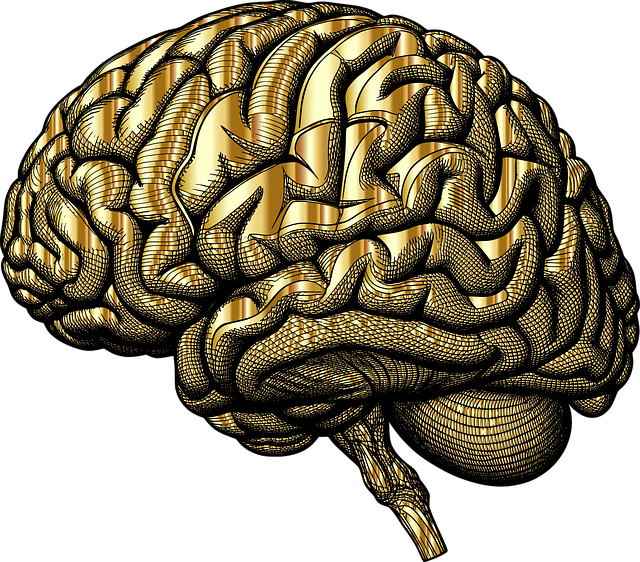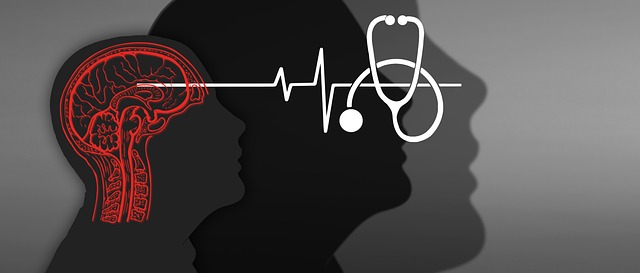Understanding and analyzing mental health data is crucial for improving therapies for adults with Post-Traumatic Stress Disorder (PTSD). Through various data collection methods, professionals gain insights into symptoms, behaviors, and emotional responses. This data is carefully prepared, cleaned, and analyzed to identify trends and patterns, enabling tailored therapy plans. Effective treatments include trauma-focused CBT, cultural sensitivity, resilience-building exercises, and journaling practices. Data visualization tools help therapists manage complex PTSD symptoms, while community outreach programs like podcasts and training enhance access to evidence-based practices. These strategies not only improve therapy outcomes but also promote early intervention and public education for adults living with PTSD.
Mental health data analysis is a powerful tool for understanding complex conditions like Post-Traumatic Stress Disorder (PTSD) in adult populations. This article explores the process of collecting, preparing, and interpreting mental health data to inform effective therapy strategies. We delve into specific analysis techniques focusing on PTSD, showcasing how data-driven insights can enhance treatment plans and ultimately improve patient outcomes for adults struggling with this condition.
Key topics include understanding data collection, analyzing PTSD symptoms, visualizing findings, and translating data into actionable treatment strategies.
- Understanding Mental Health Data: Collecting and Preparing Insights
- Analyzing Post-Traumatic Stress Disorder (PTSD) in Adult Populations
- Interpretation and Visualization for Effective Therapy Strategies
- Enhancing Treatment Plans: Applying Data Insights to Improve Patient Outcomes
Understanding Mental Health Data: Collecting and Preparing Insights

Understanding Mental Health Data is a pivotal first step in addressing and improving individuals’ well-being, especially for those dealing with conditions like Post-Traumatic Stress Disorder (PTSD). Collecting data involves various methods such as surveys, clinical assessments, and digital health apps, each offering unique insights into an individual’s mental state. These sources provide a wealth of information on symptoms, behaviors, and emotional responses that can be crucial in tailoring effective therapy for adults with PTSD.
Preparing and analyzing this data requires careful consideration. It involves cleaning the data to ensure accuracy, identifying trends, and extracting meaningful patterns. By delving into these insights, professionals can gain a deeper understanding of the Emotional Healing Processes and Self-Esteem Improvement that are integral parts of recovery. Moreover, it aids in recognizing barriers to healing and developing strategies for better Emotional Regulation, ultimately enhancing the efficacy of treatments like therapy for adults with PTSD.
Analyzing Post-Traumatic Stress Disorder (PTSD) in Adult Populations

Analyzing Post-Traumatic Stress Disorder (PTSD) in adult populations involves a nuanced approach that combines advanced data analysis techniques with therapeutic understanding. By examining trends and patterns within mental wellness journals, professionals can gain insights into the prevalence and manifestations of PTSD among adults. This process enables tailored therapy for adults with PTSD, addressing unique challenges such as flashbacks, nightmares, and avoidance behaviors. Effective treatment often incorporates guidance on trauma-focused cognitive behavioral therapy (CBT), which has shown promise in helping individuals process and overcome their traumatic experiences.
Beyond individual therapy, cultural sensitivity in mental healthcare practice plays a pivotal role in managing PTSD. Recognizing the impact of cultural backgrounds, beliefs, and experiences can enhance the effectiveness of interventions. For instance, integrating resilience-building exercises into treatment plans can empower adults to navigate their trauma-related symptoms with greater fortitude. These exercises, often coupled with journaling practices, encourage individuals to explore their emotional responses, fostering a deeper sense of self-awareness and coping strategies that promote mental wellness.
Interpretation and Visualization for Effective Therapy Strategies

Effective therapy strategies for adults with Post-Traumatic Stress Disorder (PTSD) heavily rely on robust data interpretation and visualization tools. By analyzing individual patient data, therapists can uncover unique patterns and insights that inform personalized treatment plans. Visualization techniques, such as graphs, charts, and infographics, play a crucial role in understanding complex PTSD symptoms over time. These visual aids help both healthcare providers and patients to track progress, identify triggers, and make informed decisions about therapy.
Community outreach programs and Healthcare Provider Cultural Competency Training can enhance the availability and quality of these data-driven approaches. For instance, a Mental Wellness Podcast Series Production focused on PTSD could provide accessible resources for individuals seeking support while also educating the public on the importance of early intervention and evidence-based practices. Such initiatives foster a more inclusive and effective therapy ecosystem, ultimately improving outcomes for adults living with PTSD.
Enhancing Treatment Plans: Applying Data Insights to Improve Patient Outcomes

In the realm of mental health care, data analysis has emerged as a powerful tool to enhance treatment plans and ultimately improve patient outcomes. By delving into the insights derived from comprehensive datasets, healthcare professionals can make more informed decisions tailored to individual needs. For instance, in the context of therapy for adults with Post-Traumatic Stress Disorder (PTSD), data analytics allows for a nuanced understanding of what therapeutic approaches work best for specific subpopulations. This enables practitioners to personalize treatment strategies, ensuring that each patient receives the most effective care.
One such innovative approach gaining traction is incorporating mindfulness meditation and compassion cultivation practices into PTSD therapy. Analysis of patient data has indicated that these techniques significantly reduce symptoms associated with trauma and promote positive thinking. As a result, healthcare providers can integrate these evidence-based methods into standard treatment plans, potentially revolutionizing the way PTSD is managed. By leveraging data insights, mental health professionals can foster more successful outcomes, ultimately enhancing the overall well-being of their patients.
Mental health data analysis has emerged as a powerful tool, especially in understanding and treating complex conditions like Post-Traumatic Stress Disorder (PTSD) in adults. By collecting, preparing, and interpreting this data, healthcare professionals can gain valuable insights to enhance therapy strategies. Through advanced analysis techniques, treatment plans can be tailored to individual patient needs, ultimately improving outcomes for those suffering from PTSD. This article has explored these key aspects, offering a comprehensive guide to leveraging mental health data for more effective and personalized therapy for adults with Post-Traumatic Stress Disorder.














